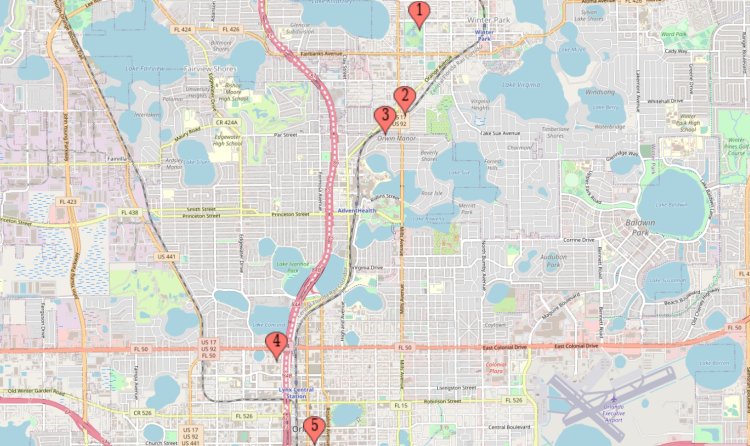Thousands Gather to Honor the Life of Queen Elizabeth- OLN Reports Live in London
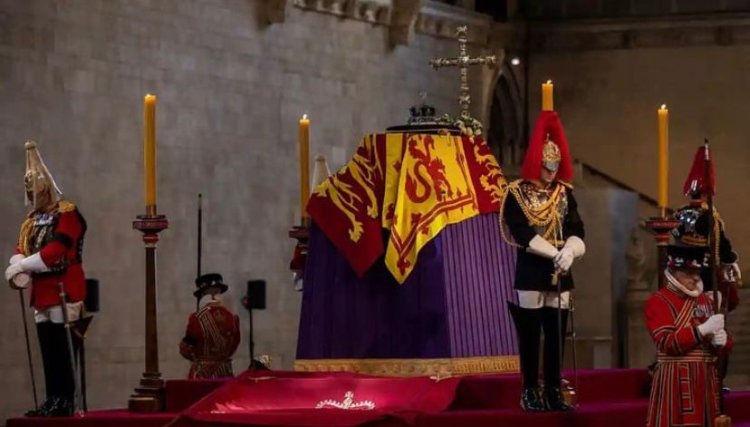
Hundreds of thousands gathered in London throughout the week to honor Britain’s late Queen Elizabeth II. The crowds reached fever pitch on Monday as world leaders attended her funeral in Westminster Abbey.
Queen Elizabeth, Britain’s longest reigning monarch, entered this world on April 21, 1926.
The twilight of her years began in the shadow of luminary figures from the Victorian Era and WWI, many of whom she met, such as Prime Minister David Lloyd George and writer George Bernard Shaw.
Even in the 1920s, the politics of Elizabeth’s adolescence were a far cry from the softer conservatism of today’s Britain, when the government still understood maintaining and sustaining the nation’s imperial holdings as chief among its roles.
During the Queen’s early childhood, the “Ice Man” still visited the homes of every day Britons, and radio and motor vehicles were produced in mass for the first time.
On September 8th, Elizabeth peacefully passed away in a very different world— a world with atomic weaponry, space travel, and TikTok.
Elizabeth’s 70 year reign touched the hearts of millions in Britain and around the world with her example of duty, selfless service, and commitment to God and country.
The adoring throngs lining the streets of London Monday for her funeral service indicate the indelible mark the Queen left behind.
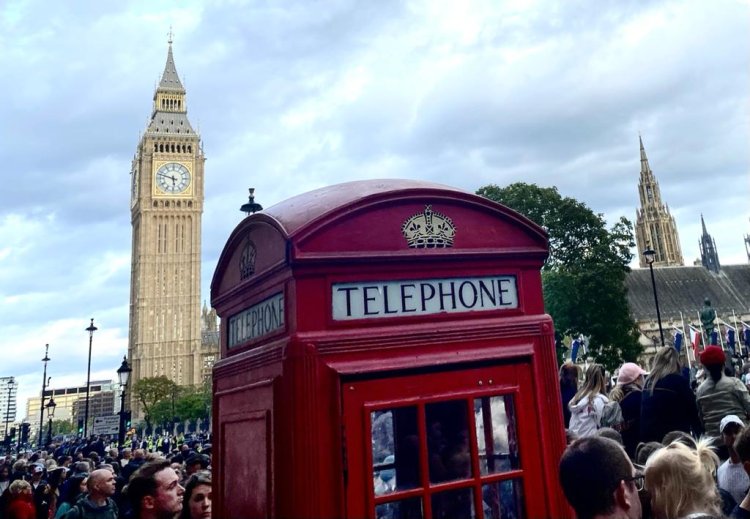
Pictured: Thousands line the streets of London to pay respect to Queen Elizabeth II on Sunday, many waiting in queue for 16 hours. Even celebrities like David Beckham were spotted in line to honor the late monarch. (Credit: OrlandoLocalNews.com)
The week began with a series of services across Britain where the Queen’s hearse made several stops before finally arriving at Westminster Hall. As she lay in state, hundreds of thousands lined up to pay respects, with some waiting up to 16 hours to view her casket. Sunday night the entire nation of Great Britain held a moment of silence at 8 PM for one minute. Even in the privacy of London's most high end hotels, staff and guests alike paused operations to pay respect.
And the Ritz-London, one of Prime Minister Winston Churchill's favortie haunts, even organized a brief but special service to honor the Queen during the eight o'clock hour, complete with a historic opportunity to write well wishes to the Queen in the hotel's guestbook.
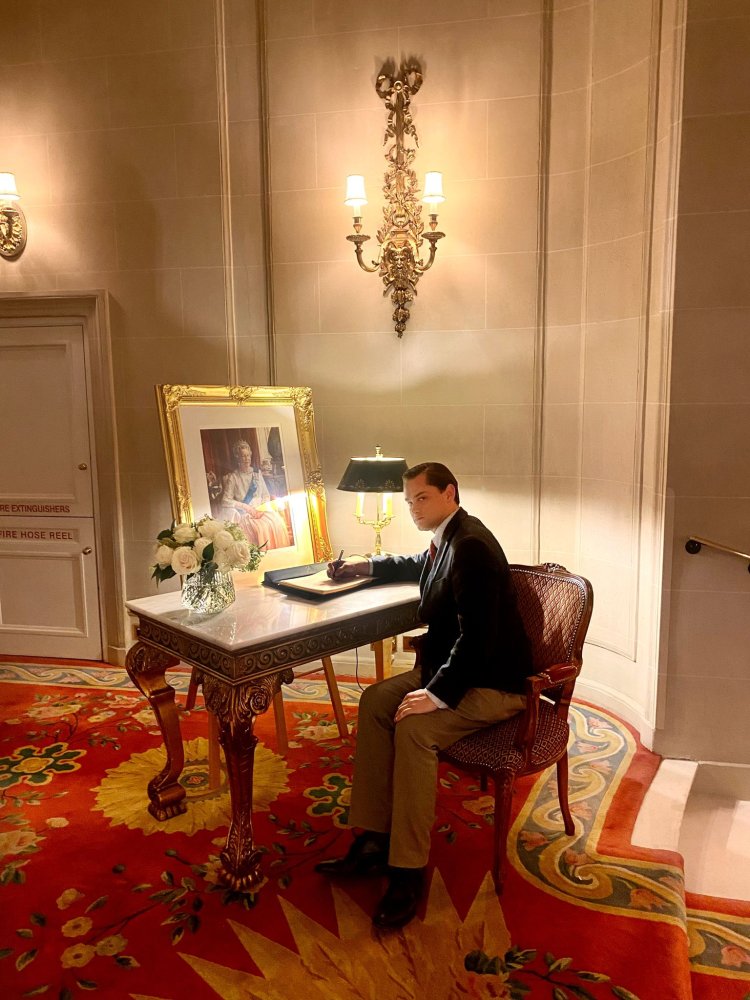
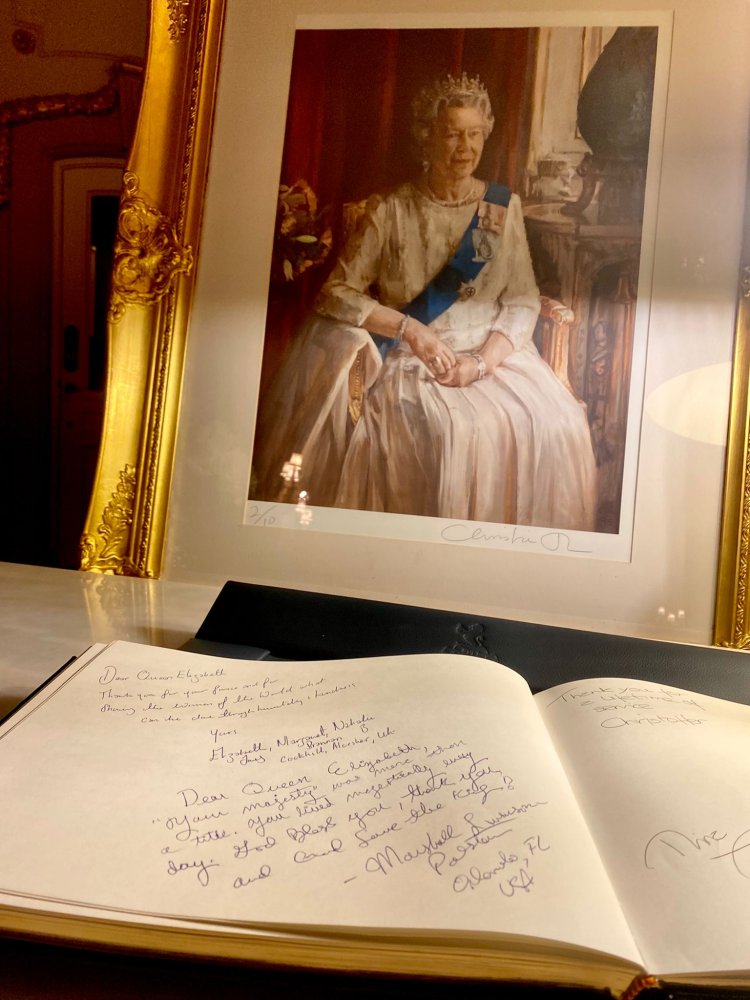
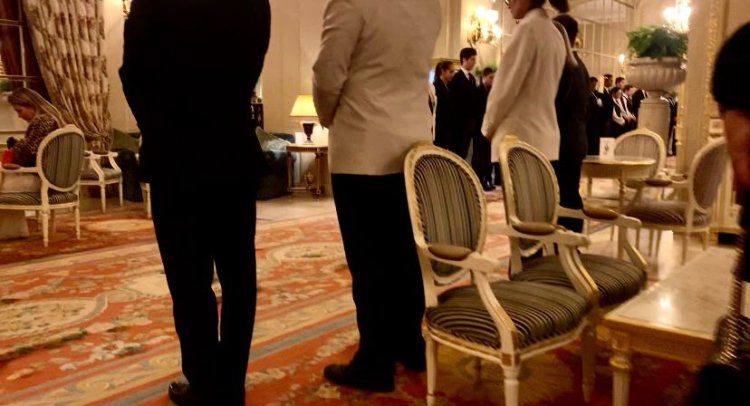
Pictured: OLN Editor Marshall Swanson-Polston signs the Ritz guestbook to honor the Queen's memory; Ritz staff line the halls in a ceremony to honor Her Majesty, Elizabeth II. (Credit: OrlandoLocalNews.com)
On Monday, monarch’s casket entered Weatminster Abbey, carried on the State Gun Carriage of the Royal Navy and drawn by 142 sailors.
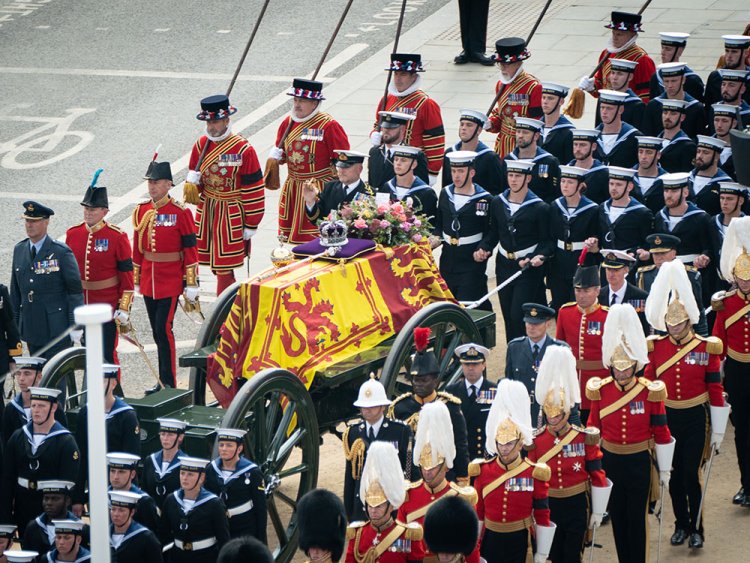
Pictured: The State Gun Carriage of the Royal Navy and drawn by 142 sailors. (Credit: AP)
The route was lined by the Royal Navy and Royal Marines and a guard of honour stood in Parliament Square made up of all three military services, accompanied by a Royal Marines band.
Nearly 2000 world leaders and dignitaries awaited her arrival at the abbey, the historic church where Britain's kings and queens are crowned (including the Queen's own coronation in 1953). It was also where the then-Princess Elizabeth married Prince Philip in 1947.
There hasn't been a monarch's funeral service in the abbey since the 18th Century, although the funeral of the Queen Mother was held there in 2002.
The service was conducted by the Dean of Westminster David Hoyle, with the Archbishop of Canterbury Justin Welby giving the sermon. Prime Minister Liz Truss read a lesson.
The Dean began the service by speaking of the Queen's "unswerving commitment to a high calling over so many years as Queen and Head of the Commonwealth".
Among the hymns was "The Lord's my shepherd" sung to the Crimond tune, which hails back to a parish in Aberdeenshire not far from the Queen's Balmoral estate, the location of her death. The hymn was also sung at the Queen's wedding to the Duke of Edinburgh.
Towards the end of the funeral service the Last Post - a short bugle call - was played followed by a two-minute national silence.
The national anthem and a lament played by the Queen's piper brought the service to an end just after midday.
The Queen's coffin was then drawn in a walking procession from Westminster Abbey to Wellington Arch, at London's Hyde Park Corner.
With the route lined with military personnel and police, Big Ben — the bell atop Elizabeth Tower — tolled at one-minute intervals, 96 times, as the procession moved slowly through the streets of the capital. Gun salutes were fired every minute from Hyde Park.
Crowds of mourners — many of whom camped out for days — lined the route to catch a glimpse of the coffin and military parade, which stretched for more than a mile and involved hundreds of members of the armed forces.
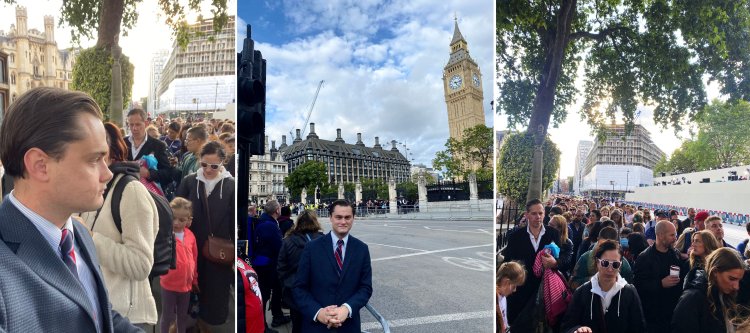
Pictured: Above: Crowds of mourners lined the the streets of London, with many waiting in make-shift campsites for a sight of the royal procession. Below: Editor Marshall Swanson waits in queue to honor Queen Elizabeth II near Westminster Hall as she laid in State. (Credit: OrlandoLocalNews.com)
The procession was led by the Royal Canadian Mounted Police and was made up of seven groups, each with its own band. Members of the armed services from the UK and the Commonwealth, the police and the NHS were involved.
Once again, the King and members of the Royal Family walked behind the gun carriage bearing the Queen's coffin.
Camilla, the Queen Consort, the Princess of Wales, the Countess of Wessex and the Duchess of Sussex joined the procession in cars.
Once at Wellington Arch, the coffin was then transferred to the new State Hearse for its final journey to Windsor Castle.
The castle, continuously inhabited by 40 monarchs across almost 1,000 years, had special significance to the Queen throughout her life. As a teenager she was sent to the castle during the war years as London faced the threat of bombing, and more recently she made it her permanent home during the coronavirus pandemic.
St. George’s Chapel serves as the Queen’s final resting place, and a smaller crowd of 800 people were invited to attend.
Pictured: The Queen arrives at Windsor Castle for final services at St. George's Chapel. (Credit: Getty Images)
The evening concluded with the Queen’s burial at a private family service around 7 PM.
Whether a result of Elizabeth’s vast span of decades in power, or her long and far reaching impact on peoples all over the world, the Queen’s death has been described as the moment history stopped.
When Elizabeth Alexandra Mary, the elder daughter of Prince Albert, Duke of York, and his wife, Lady Elizabeth Bowes-Lyon, was born on April 21, 1926, she apparently had little chance of assuming the throne, as her father was a younger son of King George V. But in late 1936, her uncle, King Edward VIII, abdicated to marry an American divorcée, Wallis Simpson. As a result, her father became King George VI, and 10-year-old “Lilibet” (as she was known within the family) became the heir presumptive to the throne.
Though she spent much of her childhood with nannies, Princess Elizabeth was influenced greatly by her mother, who instilled in her a devout Christian faith as well as a keen understanding of the demands of royal life. Her grandmother, Queen Mary, consort of King George V, also instructed Elizabeth and her younger sister Margaret in the finer points of royal etiquette.
Educated by private tutors, with an emphasis on British history and law, the princess also studied music and learned to speak fluent French. She trained as a Girl Guide (the British equivalent of the Girl Scouts) and developed a lifelong passion for horses.
As queen, she kept many thoroughbred racehorses and frequently attended racing and breeding events. Elizabeth’s famous attachment to Pembroke Welsh corgis also began in childhood, and she owned more than 30 corgis over the course of her reign.
Elizabeth and Margaret spent much of World War II living apart from their parents in the Royal Lodge at Windsor Castle, a medieval fortress outside London. In 1942, the king made Elizabeth an honorary colonel in the 500 Grenadier Guards, a Royal Army regiment.
Two years later, he named her as a member of the Privy Council and the Council of State, enabling her to act on his behalf when he was out of the country.
In 1947, soon after the royal family returned from an official visit to South Africa and Rhodesia, they announced Elizabeth’s engagement to Prince Philip of Greece, her third cousin (both were great-great-grandchildren of Queen Victoria and Prince Albert) and a lieutenant in the Royal Navy. She had set her sights on him when she was only 13, and their relationship developed through visits and correspondence during the war.
Though many in the royal circle viewed Philip as an unwise match due to his lack of money and foreign (German) blood, Elizabeth was determined and very much in love. She and Philip wed on November 20, 1947, at Westminster Abbey.
Their first son, Charles (Prince of Wales, then King Charles III) was born in 1948; a daughter, Anne (Princess Royal) arrived two years later.
Elizabeth and Phillip were married for an extraordinary 73 years, until the Prince died in April 2021 at the age of 99.
They were in Kenya on February 6, 1952, when King George VI succumbed to lung cancer at the age of 56, and his 25-year-old daughter became the sixth woman in history to ascend to the British throne. Her formal coronation as Queen Elizabeth II took place on June 2, 1953, in Westminster Abbey.
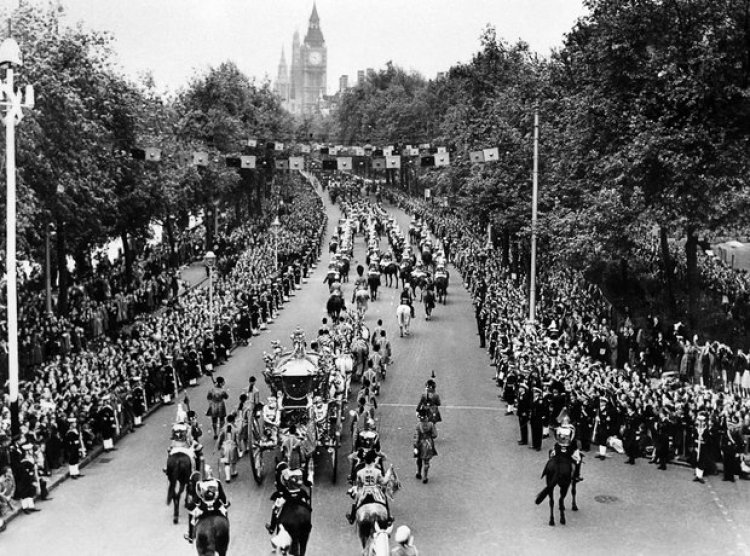
Pictured: Queen Elizabeth II's coronation day. (Credit: The National Archives)
She began her reign with a statement that defined her life: “I declare before you all that my whole life, whether it be long or short, shall be devoted to your service and the service of our great imperial family to which we all belong.”
Indeed, Elizabeth did devote her life to service. During her life, Elizabeth met 13 US Presidents, oversaw the tenure of 15 Prime Ministers (including Winston Churchill), fostered diplomatic relations with countless thousands of world leaders, and eventually became “the world’s grandma” to many for her humility, kind heart, and devotion to her faith and values.
Elizabeth’s legacy rivals, and arguably overshadows, many of her predecessors’, including Victoria, not for building an empire, or winding one down, but rather for the steadfast, unwavering commitment the Queen showed for her values — Duty, Honor, Faith, and Country — even in the face of a changing world.
GALLERY
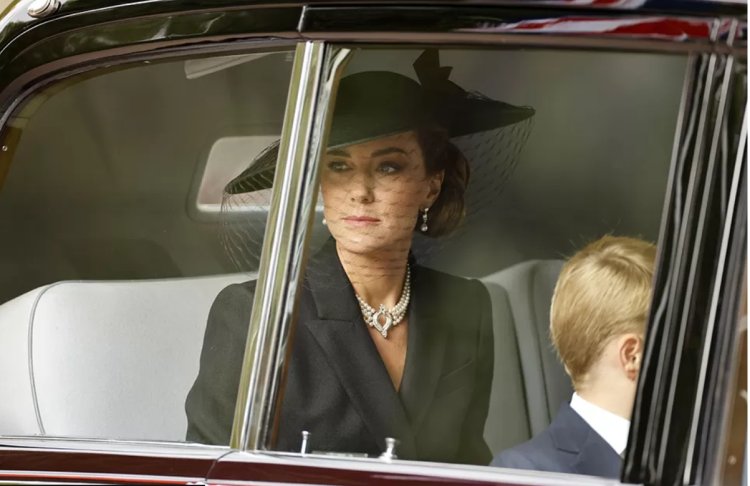
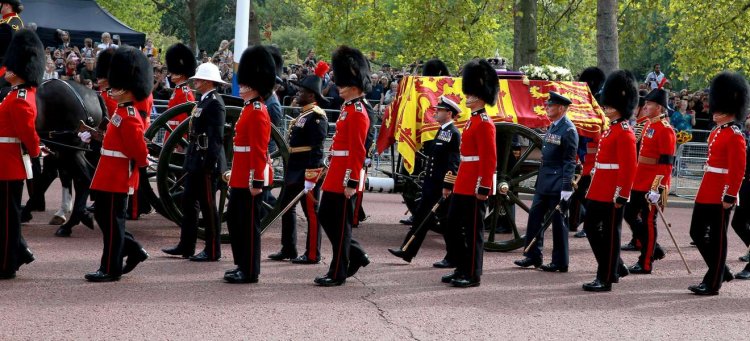
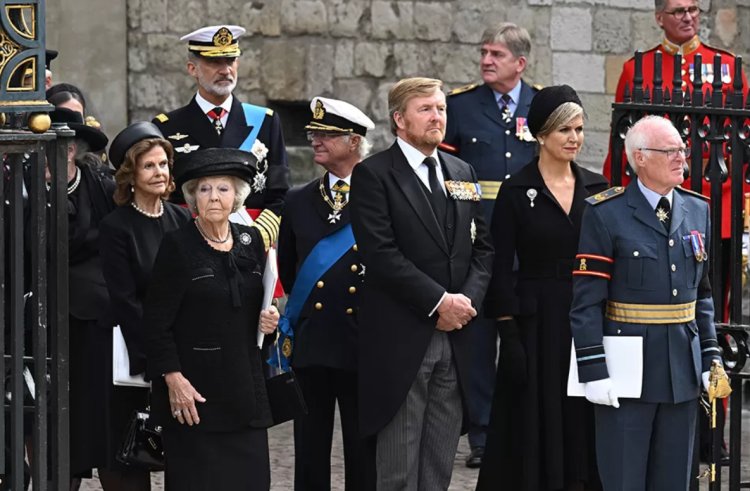
(Credit: Getty Images)
*Some portions of this story sourced from the BBC

 Marshall S. Swanson
Marshall S. Swanson 















